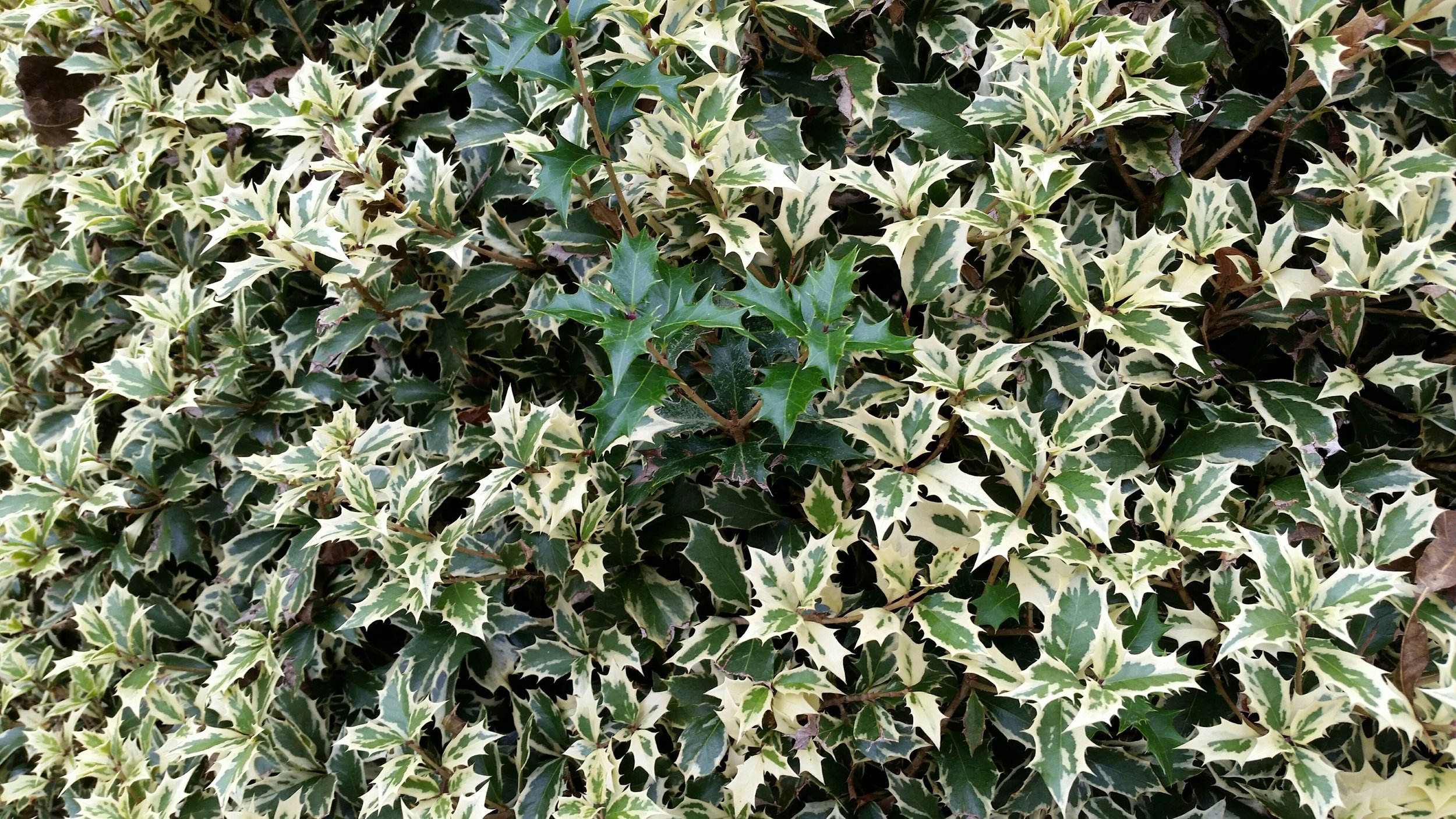When a variegated shrub throws new shoots that are not variegated, it is said to “revert.” That means that the errant portion of the plant has returned to the growth characteristics of one of its genetic parents. Almost always, the non-variegated growth is more vigorous that the rest of the plant because it is synthesizing more chlorophyll. If not removed, it will gradually take over the shrub, so the gardener should remove these naughty bits just as soon as they become evident. Winter is an excellent time to spot reversions on evergreens.
Don’t be shy with corrective pruning. Cut the solid branch out entirely, pruning an inch or two into the section that shows variegation. The earlier the bad branch is removed, the less impact pruning will have on the overall appearance of the plant. If you delay until the reversion has gained size, removal will leave a visible hole in your shrub. Most of the time these holes will disappear when active growth begins in warm weather.
Certain plants seem to be more prone to reversion than others. In the Mary Snoddy garden, I’ve never been able to keep golden euonymus alive long enough to experience the problem, because they croak from leaf scale first. I have enjoyed multiple opportunities to reign in rogue growth on Euonymus japonicus ‘Silver Princess’ and Osmanthus heterophyllus ‘Goshiki’ (reversion pictured), but I admire the way these two shrubs light up shady areas. ‘Silver Princess’ has a clean white variegation, while ‘Goshiki’ is a creamy yellow with pink accents on young growth. Lovely, lovely.
“Out! Out, you (green) spot!” said Lady Macbeth’s gardener.

